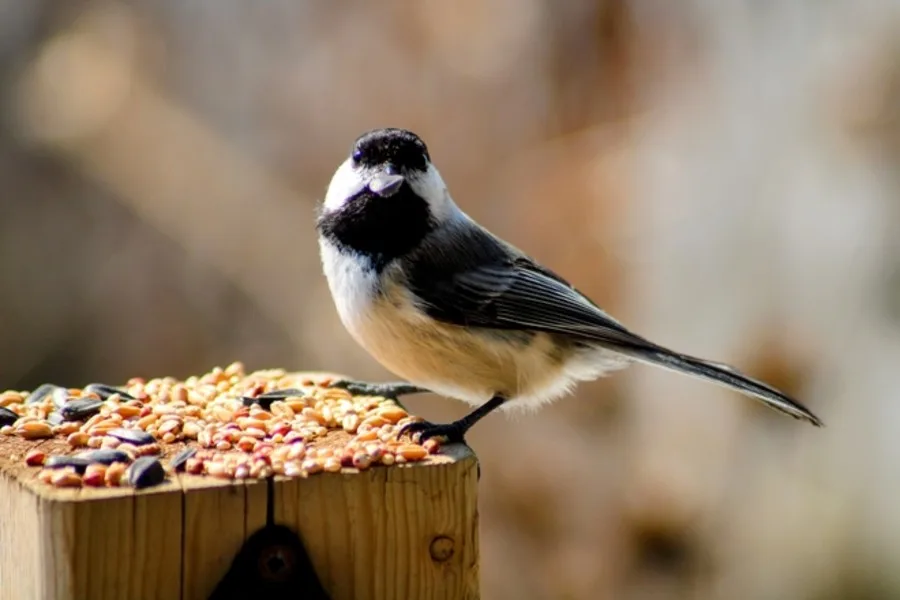
How to keep birds (and yourself) safe from Avian Flu
The dramatic cacophony of avian personalities that arrive at our feeders is—along with the longer, warmer days—one of the greatest joys of spring. Practicing good feeder hygiene has always been important, but even more so this spring since a new strain of avian flu, the highly pathogenic avian influenza (HPAI) is making its way across Canada.
This particular strain of avian flu primarily affects waterfowl, poultry, raptors, and certain shorebirds. Initially detected on the east coast, there are now approximately 100 confirmed cases of sick/dead birds nationally. According to Christopher Sharp, a population management biologist with Canadian Wildlife Service, “more important than the absolute number of confirmed cases, is that confirmed or suspect cases have now been detected across the country, with the exception of the far north.” And with birds on the move due to spring migration, that number will no doubt increase.
Where does this leave cottagers? Stuart Mackenzie, director of strategic assets at Birds Canada, says it’s important for cottagers to be aware of the disease.
The most important thing is to avoid feeding water birds (ducks, gulls, geese)—tempting as it might be!—since it encourages wild birds to congregate around food sources, which in turn can easily drive up the likelihood of viral transmission. And of course, “if you see dead birds, don’t touch them, keep your animals away from them and report any sightings, especially of waterfowl, water birds or gulls to the Canadian Wildlife Health Cooperative,” Mackenzie reminds us. Although the transmission of avian flu to humans remains rare, hand-feeding birds is strongly discouraged and any unavoidable contact with wild birds should be followed by rigorous hand-washing. To protect the wild bird population and especially species-at-risk from potential contact with the virus, some conservation areas, such as Beaver Creek in Saskatchewan, have even banned hand-feeding chickadees. The recommendations in different parts of the country may change as the situation evolves.
And what about our beloved feeders? One of the curiosities of avian flu is that it affects species differently: while water birds are the most common carriers, the disease appears to be most lethal to poultry, and holds the least risk for songbirds and other feeder visitors. Sharp believes that bird feeders are still safe on cottage properties as long as there is no domestic poultry anywhere nearby.
However, he emphasizes that feeders should be cleaned regularly and rigorously with “a weak solution of domestic bleach (10% sodium hypochlorite),” rinsed thoroughly and dried carefully before they are refilled. If you have backyard chickens on your cottage property, Sharp advises to “limit contact between wild birds and poultry,” essentially by removing “outdoor sources of food, water and shelter that attract wild birds.”
Although the Canadian Wildlife Service’s recommendation to avoid any unnecessary contact with bird feces seems straightforward enough, anybody with a waterfront property knows that such contact happens unintentionally—most often in the form of goose poop. Sharp suggests modifying waterfront properties “to make them less attractive to Canada geese,” including allowing the regeneration of natural shoreline vegetation, mowing less frequently, which makes the lawn less inviting to geese and putting up barriers that limit access to lawns. In other words, this might be the season to tend less to the lawn-manicuring, grab a good book, and let nature offer a makeover!
This article, written by by Julia Zarankin, was originally published for Cottage Life.
Thumbnail image uploaded to The Weather Network by Janet stevens, Ottawa, Ontario.









